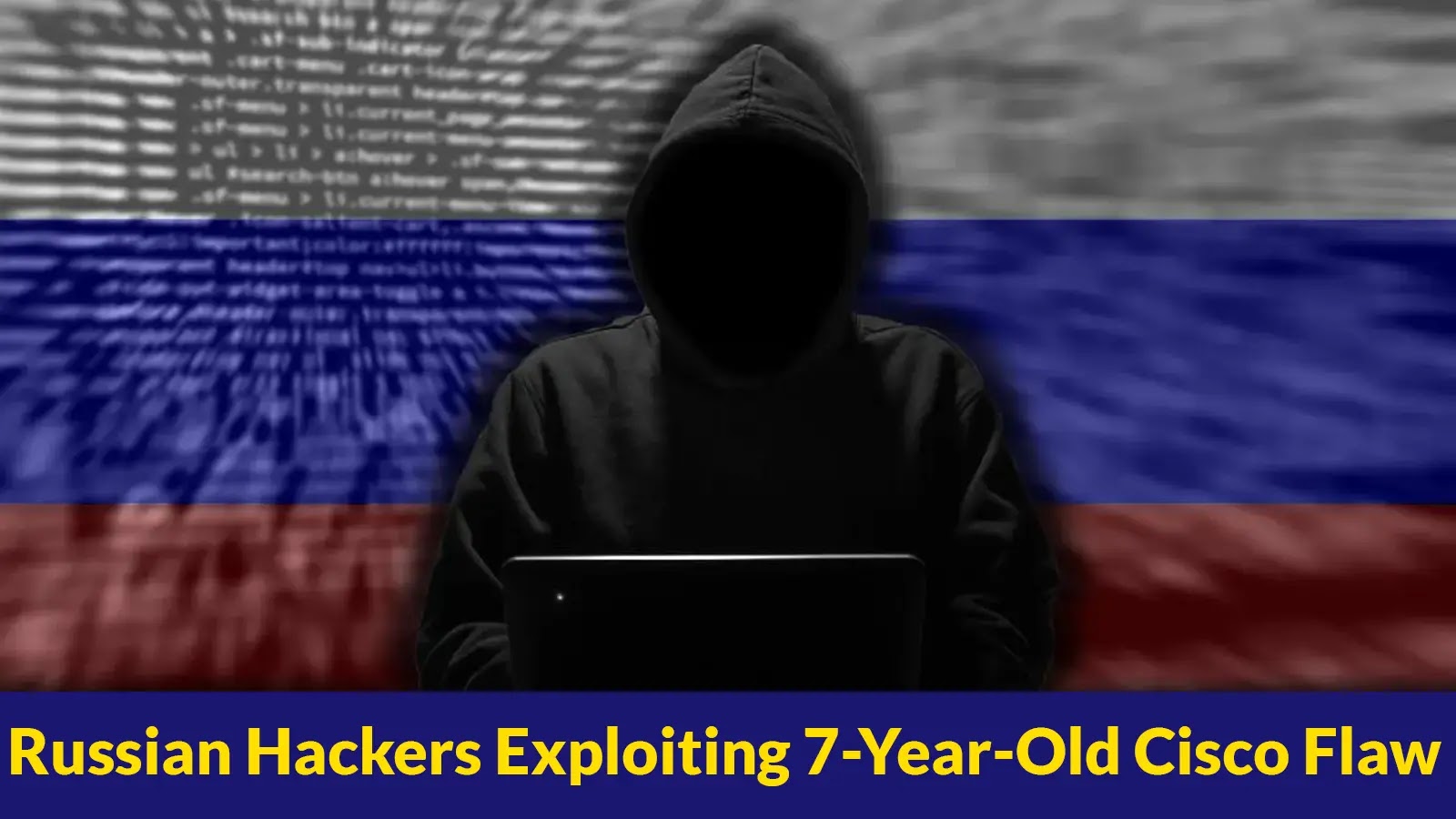A Russian state-sponsored cyber espionage group, identified as Static Tundra, has been actively exploiting a seven-year-old vulnerability in Cisco networking devices to infiltrate critical infrastructure networks. This sophisticated threat actor, linked to Russia’s Federal Security Service (FSB) Center 16 unit, has been targeting unpatched and end-of-life network devices since 2015, with operations significantly escalating following the Russia-Ukraine conflict.
The Vulnerability: CVE-2018-0171
The focal point of these attacks is CVE-2018-0171, a vulnerability in Cisco IOS software’s Smart Install feature. This flaw allows unauthenticated remote attackers to execute arbitrary code or trigger denial-of-service conditions. Despite Cisco issuing patches in 2018, Static Tundra continues to exploit organizations that have failed to apply these security updates or are operating legacy devices beyond their support lifecycle.
Targeted Sectors and Global Reach
Static Tundra’s victims span various sectors, including telecommunications, higher education, and manufacturing, across North America, Asia, Africa, and Europe. The group’s operations demonstrate remarkable persistence, maintaining access to compromised environments for multiple years without detection.
Attack Methodology and Configuration Exfiltration
Static Tundra employs a methodical approach to configuration theft, beginning with automated exploitation of the Smart Install vulnerability against predetermined target lists likely gathered from public scanning services like Shodan or Censys. Upon successful exploitation, the attackers immediately modify the running configuration to enable local Trivial File Transfer Protocol (TFTP) services using the command:
“`
tftp-server nvram:startup-config
“`
This command creates a temporary TFTP server that allows Static Tundra to establish a secondary connection and retrieve the device’s startup configuration file. The extracted configurations often contain sensitive credentials and Simple Network Management Protocol (SNMP) community strings that facilitate deeper network penetration.
The threat actors leverage these compromised credentials to pivot laterally through network environments, using SNMP protocols with spoofed source addresses to bypass access control lists. Static Tundra has been observed creating privileged local user accounts and establishing Generic Routing Encapsulation tunnels to redirect and capture network traffic of intelligence value, demonstrating their focus on long-term espionage rather than immediate financial gain.
Recommendations for Mitigation
To defend against such sophisticated threats, organizations are advised to:
– Apply Security Patches Promptly: Ensure that all networking devices are updated with the latest security patches to mitigate known vulnerabilities.
– Replace End-of-Life Equipment: Retire and replace legacy devices that are no longer supported by the manufacturer to reduce the attack surface.
– Monitor Network Traffic: Implement continuous monitoring to detect unusual activities that may indicate a breach.
– Restrict Access to Management Interfaces: Limit access to network management interfaces to authorized personnel and secure them with strong authentication mechanisms.
– Conduct Regular Security Audits: Perform periodic security assessments to identify and remediate potential vulnerabilities within the network infrastructure.
By adopting these proactive measures, organizations can enhance their resilience against persistent cyber threats like those posed by Static Tundra.



